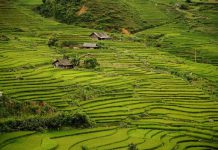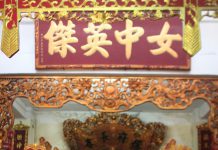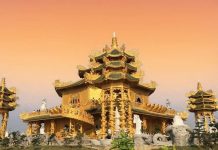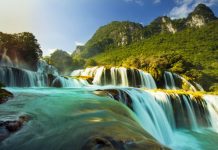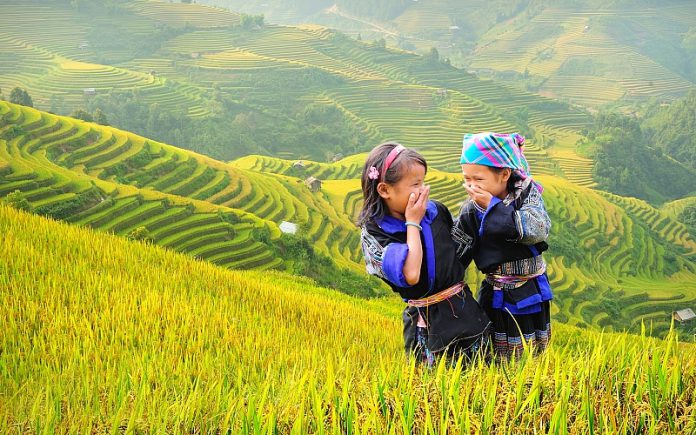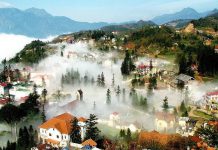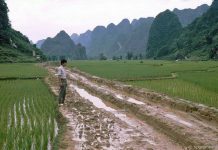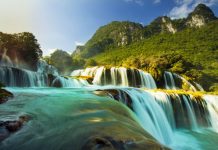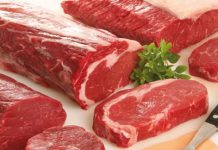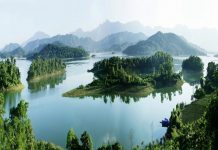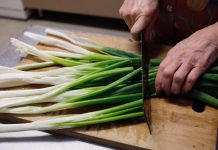Sapa is a mountainous town in Northen Vietnam where you write poem, have your cameras on for most of your time, cheer over a community wine pot, learn to appreciate indigenous culture or just to escape Hanoi heat and city noise.
Being one of the most attractive tourism destinations of the country, Sapa is a precious gift that Mother Nature dedicates to Vietnam.
Tổng quan bài viết
Location and history
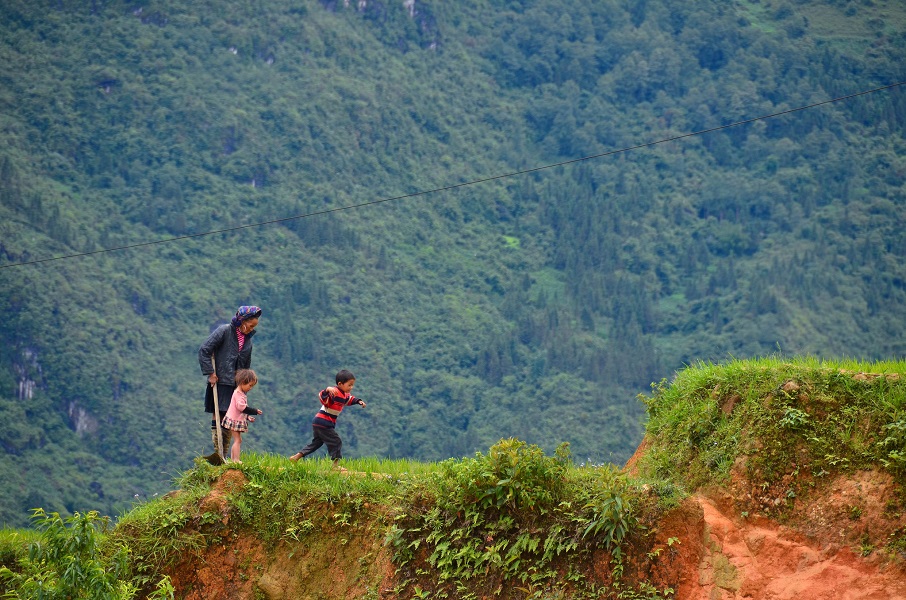
350km far north-west from Hanoi, Sapa, the capital of Sapa District in Lao Cai Province, lies at the altitude of 1600m. With the temperature ranging from the lowest of -1oC to the highest of 29oC, Sapa’s climate is moderate and drizzly in summer while chill and foggy in winter.
Sapa (or Chapa- the “sandy place”) first appeared in Vietnam national map in the late 1880s when the French disembarked in highland Tonkin. The first permanent French civilian resident arrived in Sapa in 1909, and by 1920, there were a number of villas being built in this area by prosperous professionals. Going through many ups and downs, nowadays, Sapa is the prominent holiday destination, favored by both locals and foreign tourists.
Sapa – fairy home of ethnic minorities
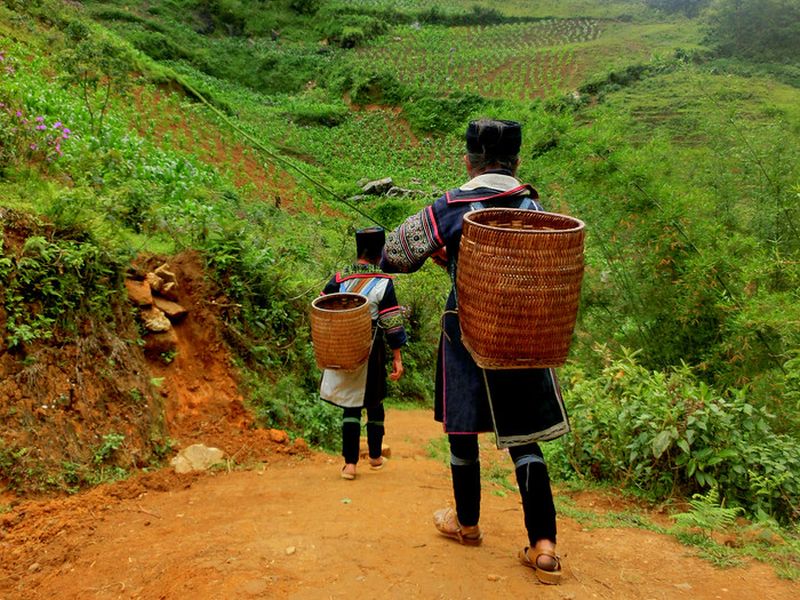
There is nowhere in Vietnam can tourists easily meet the local ethnic minorities like in Sapa. The district is the home of a great diversity of ethnic people, including five main groups of Hmong, Yao, Tay, Zay and Xa Pho. They do not live in center area but in hamlets scattering on the valleys throughout Sapa District. Actually, not until the 20th century did a majority of the ethnic people changed to sedentary lifestyle with intensive farming method on sloping terraces, instead of slash-and-burn culture like in the past.
Town of Sapa is where ethnic minority people gather, trade or sell their farming products such as rice, corn, fruits, as well as handicrafts and souvenirs to tourists. There is one interesting fact about ethnic minority people in Sapa that besides their dialects, many of them, especially small children, can speak English pretty well with clear pronunciation.
Spending time visiting ethnic minorities’ villages, observing their daily’s activities or even living homestay, in order to understand more about their culture is now the top priority of visitors, especially international ones. A trip to Sapa would definitely more meaningful with participatory activities, such as learning to make handicrafts or helping the local with farm work! In case time does not allow, you can always hire a local guide for your trekking routes. Chances are these boys and girls will tell you lovely stories about their traditions, their lives or even ask you to join their family activities.
Sapa- challenging for mountainous trekking

The scenery of the Sapa region represents a harmonious relationship between the minority people and nature, which can be seen perceptibly in the paddy fields carpeting the rolling lower slopes of the Hoang Lien Mountains. It was the elements wearing away the underlying rock over thousands of years that created this impressive physical landscape.The geographical location of the area makes it a truly unique place for a rich variety of plants, birds, mammals, amphibians, reptiles and insects, some of them can only be found in northwestern Vietnam.
Sapa- thunderstruck local food
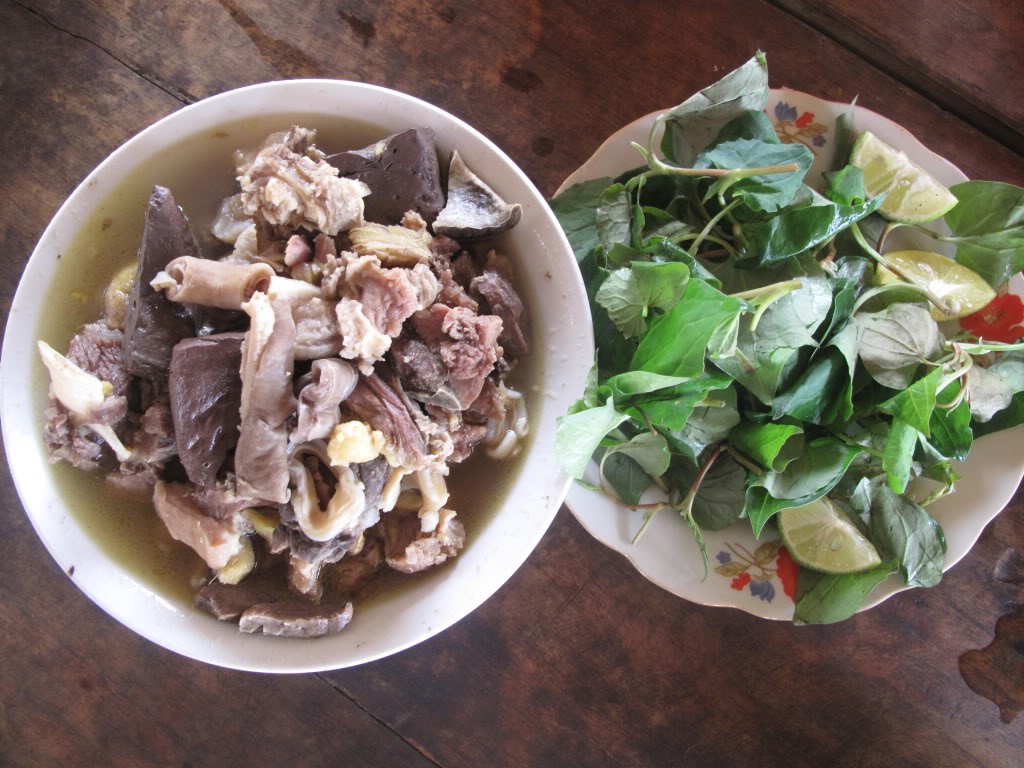
The cool weather of the region makes barbecued meat and fish with mushroom and vegetables the most preferred street foods in Sapa. People grill corn, sweet potatoes, dumpling, bamboo-tube rice, or even eggs as well. Nevertheless, tourists can try many other local foods like purple sticky rice or “thang co”- horse meat right in Sapa market.More surprisingly, Western restaurants, from Italian to French ones, can also be found around the center of Sapa, at a very reasonable price.
How to get there?

Most tourists arrive in Lao Cai, the province to which Sapa belongs, by train (read more about train from Hanoi to Sapa) and it is definitely an impressive ride. The train leaves Hanoi train station in the evening and arrives in Lao Cai train station in early morning. From Lao Cai train station to Sapa is another hour bus ride, which gives your eyes a massage with the endless blue sky and colourful terraced paddy field. The road is curved around the mountain and you will just go from one surprise to another. The further you go, the closer you are to the sky and to nature.Sapa is definitely a place to remember. And maybe to return as well!

